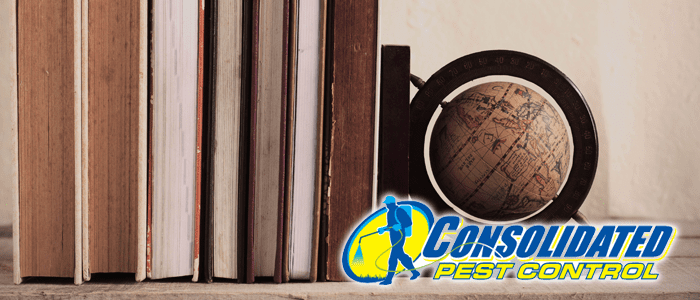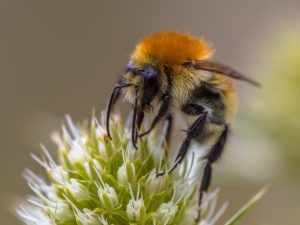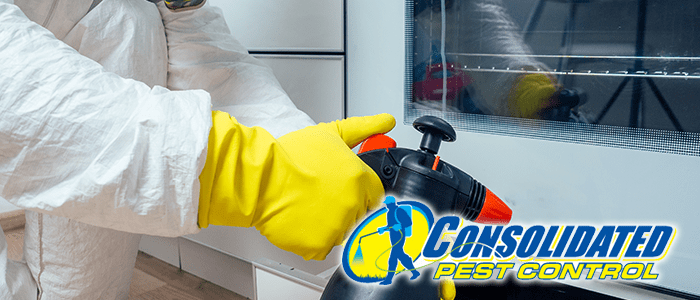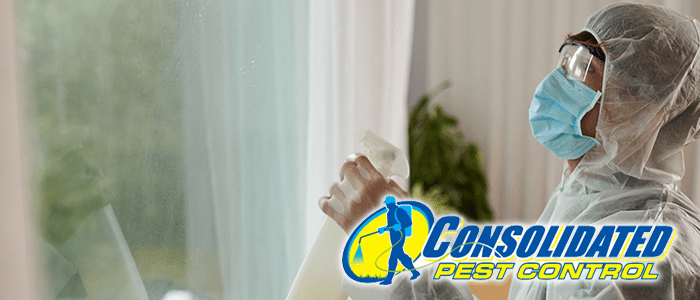
Insects have played a huge role in the history of humankind. Many people’s first reaction when they see a bug is one of disgust – but we owe a lot to them.
Learn how insects have helped us do everything from record our own history to heal ourselves
Gall Wasp
Gall wasps create growths on the side of oaks trees that are primarily tannic acid. Humans used tannic acid as the primary ingredient used in ink from the 1100s to the late 1800s. Before that, humanity only had inks that easily faded or washed away.
Without the little gall wasp and their work, we would not have recorded human knowledge from the Middle Ages through the Victorian Era.

Great Yellow Bumblebee
Bees
Bees are perhaps some of the hardest working insects for the advancement of humanity. Not only do they produce honey, which humans consume in huge quantities, they also make beeswax.
Humans have used honey and beeswax as natural healers for thousands of years. Both of these bee by-products have anti-bacterial and anti-inflammatory properties. Beeswax actually encourages healing by keeping any exposed skin damage moisturized and clean while providing a protective layer.
Fruit Flies
To most people, fruit flies are a harmless nuisance, a swarm of tiny insects that multiply in your trash if you don’t take it out quick enough. This multiplying is exactly what has made them so perfect for helping humans understand ourselves.
Humans share 77% of our DNA with fruit flies, which means that scientific experiments on flies can be reasonably extended to humans. The lifespan of the fruit fly is vastly different from a human’s though, so it is easy to study many subjects at a rapid rate. Human trials, meanwhile, can take decades. Fruit flies taught us about ourselves as early as the 1930s, when Thomas Hunt Morgan used the fruit flies in his lab to learn about chromosomes and how they’re transmitted.
Mealworms

Mealworms
Beetle larvae – aka mealworms – are the little creepy crawlies you can buy at pet stores to feed an assortment of animals from reptiles, to birds, to fish. But they are so much more than just pet food.
Recent studies have shown that mealworms may actually help humans correct our own mistakes. Turns out that meal worms love to munch on polystyrene – the white foam-esque plastic that makes up disposable coolers and on-the-go beverage cups. Humans thought polystyrene was entirely nonbiodegradable, until mealworms entered the picture.
Termites
It is a truth universally acknowledged that termites and buildings don’t mix. At least it was until several ingenious architects in Africa looked to termite mounds for design inspiration.
Termites use a complicated system of tunnels to control airflow and create natural air conditioning. These architects realized that if they could duplicate these tunnels they could create more sustainable buildings. Not only do the owners and developers have to pay less overall, the structure is eco-friendly.
This article was inspired by “How insects have played a role in the world’s most significant creations” in the New York Post. All information is cited from Buzz, Sting, Bite: Why We Need Insects by Anne Sverdrup-Thygeson, published by Simon & Schuster.








